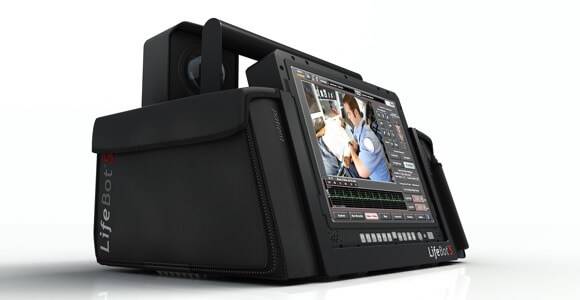ScienceRocks
Democrat all the way!
- Thread starter
- Banned
- #81
No need to prepare: New method to directly sequence small genomes without library preparation
Read more at: http://phys.org/news...ibrary.html#jCp
This is pretty big...
(Phys.org)—For the first time, researchers sequenced DNA molecules without the need for the standard pre-sequencing workflow known as library preparation.
Using this approach, the researchers generated sequence data using considerably less DNA than is required using standard methods, even down to less than one nanogram of DNA; 500 times less DNA than is needed by standard practices.
Read more at: http://phys.org/news...ibrary.html#jCp
This is pretty big...

